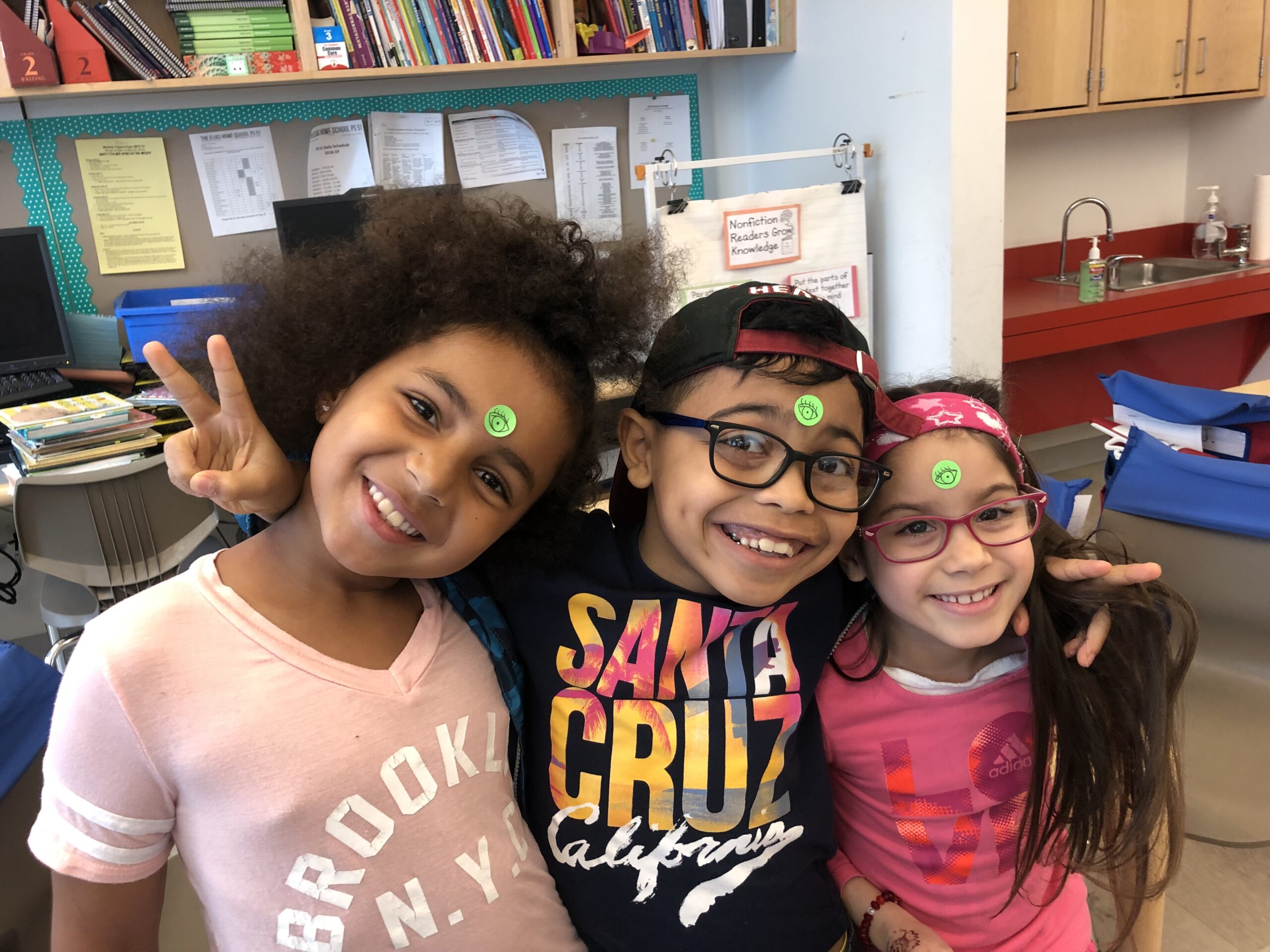In this poetry lesson T&W writer in residence Melanie M. Goodreaux-Fiedler encourages students to draw inspiration from their daily lives. Following a reading of a Walt Whitman’s “There was a Child went Forth” from Leaves of Grass, students think about what they have seen that becomes part of them, and practice describing these things with as many details as possible as they organize their thoughts into list poems.
Lesson Overview
Grade(s) Taught: 2nd
Genre(s) Taught: Poetry
Download: List Poems Inspired by Daily Life

Common Core State Standards:
(Refer to English Language Arts Standards > Writing > Grade 2)
- ELA-LITERACY.W.2.3
Write narratives in which they recount a well-elaborated event or short sequence of events, include details to describe actions, thoughts, and feelings, use temporal words to signal event order, and provide a sense of closure. - ELA-LITERACY.W.2.8
Recall information from experiences or gather information from provided sources to answer a question.
Guiding Questions:
- Do you realize that you can use the “eye of your imagination to remember”?
- What was the first “object” you “looked upon” today as Walt Whitman describes?
- What other objects and experiences were a part of your day and are a part of your life that “became a part of you”?
LESSON
Introduction:
Read aloud an excerpt from Walt Whitman’s “There was a Child went Forth.” Talk about the poem, asking students: What did you like? What is happening in the poem?
Main Activity:
Use the guiding questions to get into the creative zone. Ask students to complete the following prompt:
I, __________________, went forth today and everything became a part of me.
Now, please list in detail all of the objects and experiences you saw or had today that became a part of you. Remember that when your nouns are alone, they start to “groan.” Please use lots of descriptive words to that we can fully understand all that became a part of you.
Closing: Share your poems.
Materials:
“There was a Child went Forth,” Walt Whitman
Vocabulary:
Experience, descriptive language, memory
Multi-Modal Approaches to Learning:
This lesson engages students who learn aurally (hearing the poem read aloud); visually (visualizing the imagery in their poem as well as their own memories); logically (following a structure and organizing systematically in list form); interpersonally (class discussion about the poem); and intrapersonally (independent writing and reflection).
Melanie Maria Goodreaux is a playwright, poet, and native of New Orleans who has made her home in New York City since 1999. Her poetry and plays—including Saydee and Deelores; Walter, Bullets, and Binoculars; Mo'Batz' Ride; Controle's Predicament; and Sometimes It's Very Much About Ownership—have been performed at Yale University, the Lillian Theater in Los Angeles, the Nuyorican Poets Cafe, and the Chelsea Playhouse in New York City, and at the National Black Arts Festival in Atlanta. She is a teaching artist with Teachers & Writers Collaborative, Creative Writing, and the Manhattan New Music Project, teaching creative writing and drama in all the boroughs of New York City.



